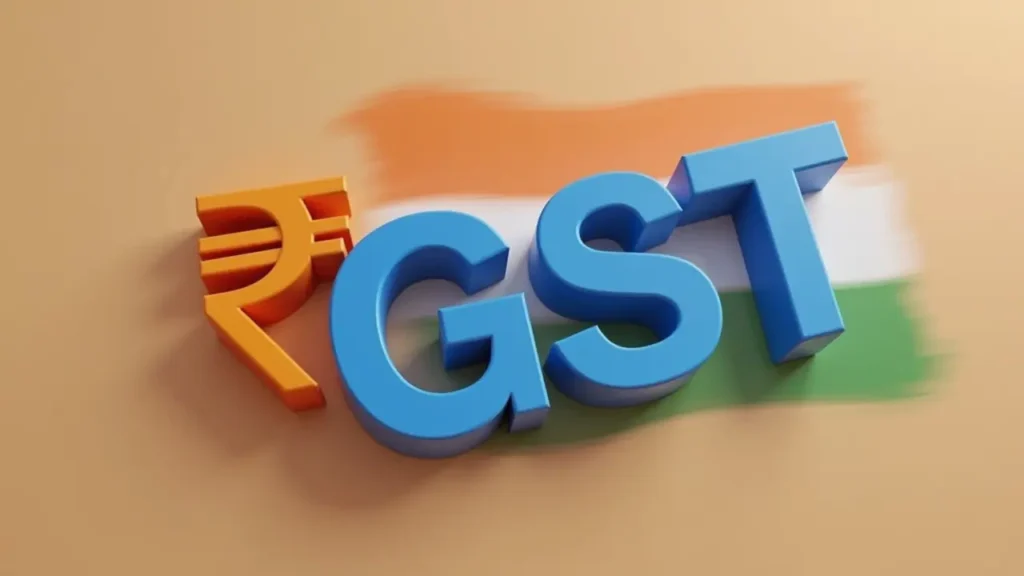India’s GST (Goods & Services Tax) regime is being overhauled. Key reforms from the 56th GST Council meeting include:
- Simplification of tax slabs: moving from four main slabs (plus some additions) to a much cleaner structure.
- Two main GST rates for most goods and services: 5% and 18%. Essentials and many daily use items go to the lower slab; others stay or move to higher as appropriate.
- A “de-merit” (luxury/sin) slab of 40% for certain goods (luxury items, sin goods) which earlier might have been under 28% + cess etc.
- Many items currently under 12% GST will move down to 5%. Almost 99% of items under the 12% slab will shift.
- A large portion of goods currently in the 28% slab will come down to 18%.
These changes aim to reduce tax burden on common/necessary goods, simplify compliance, reduce classification issues, make prices more predictable, and hopefully spur consumption.
What will become cheaper (from 22 September)
Here are specific categories/items that will likely see price reduction, because they are moving to a lower GST rate or becoming exempt/nil:
| Category / Item | Old GST Rate | New GST Rate / Status | Impacting Factor |
|---|---|---|---|
| Personal care & hygiene | Usually 18% | 5% | Includes soaps, shampoos, toothpaste, toothbrushes, shaving creams etc. |
| Daily & packaged food / FMCG essentials | Many at 12% or 18% | 5% | Butter, ghee, cheese, confectionery, savoury snacks, packaged snacks, nuts, dried fruits, etc. |
| Milk & dairy products | Some dairy items were taxed; levels varied | Lowered to 5% or possibly nil for some | Example: UHT milk |
| Clothing, footwear, textiles | 12–18% | Items under certain value thresholds move to 5% | Apparel / clothing accessories of sale value ≤ ₹2,500 per piece remains 5%. |
| Household goods & baby care | 12–18% | Many to 5% | Baby diapers, feeding bottles, sewing machines & parts, etc. |
| Healthcare & medical items | 12–18% often | 5% for many; some may go nil (0%) | Medical devices, diagnostic kits, corrective eyewear/spectacles, etc. |
| Life & health insurance premiums | Was taxed (18%) | Possibly exempt or lower (0% or much reduced) | Under reforms, considered for lower taxation or full exemption. |
| Electronics & consumer durables | Some under 28% slab | Many moving down to 18% | TVs, ACs, washing machines, etc. |
| Small cars (certain specifications) | Earlier 28% + cess | Moved to 18% | Significant reduction in cost for small cars. |
| Services – salons, spas, gyms, yoga | 18% | 5% | Now under lower slab, but without input tax credit. |
What might cost more or not benefit
While a lot is going cheaper, not everything gets positive treatment. Some caveats / items that may either not see much change or may even go up in tax burden:
- Sin goods / luxury items: Cigarettes, gutkha, pan masala, some alcoholic drinks etc., will continue to be taxed heavily, likely under the new 40% demerit slab.
- Food delivery / delivery charges: Delivery charges on online orders will attract 18% GST. While food items may get cheaper, delivery costs will rise.
- Some higher priced clothing & footwear: Apparel or accessories above ₹2,500 per piece may still attract 18%.
- Products already in lower slabs or exempt: If an item was already at 0% or 5%, there may not be further benefits.
- Luxury vehicles / high-end cars: Though some cars move from 28% + cess to 18%, luxury models may still fall in the 40% demerit slab or attract additional cess.
Examples of Price Reductions Already Visible
Some companies and goods have already begun showing price drops in anticipation of the change:
- FMCG products like soaps, shampoos, and detergents are being dispatched with reduced MRPs.
- Car manufacturers have announced cuts in small car model prices, in some cases up to ₹1.3–1.4 lakh.
- Packaged drinking water has seen marginal price reductions.
- Dairy products in several states — such as ghee, butter, paneer, and cheese — are being sold at lower rates.
Why these changes & what they mean for consumers
- Increased purchasing power: With lower taxes on many daily necessities, households will have more disposable income. Essentials like personal care items, toiletries, and food staples will cost less.
- Boost to demand: Cheaper products may encourage people to buy more or switch to better-quality alternatives, increasing overall consumption.
- Simplified taxation: Fewer slabs mean fewer disputes, simpler billing, and reduced compliance costs.
- Inflation control: Lower GST on food and FMCG items should help control inflation, especially food inflation.
- Industry benefits: Businesses will enjoy reduced GST burden and improved margins, though they must update billing, inventory, and pricing systems.
Potential downsides / risks
- Businesses may delay passing benefits to consumers, absorbing tax cuts to increase profit margins.
- Additional fees like delivery charges may offset some consumer savings.
- Transitional confusion may arise due to old stock with higher tax markings still in circulation.
- Luxury and sin goods will remain highly taxed, raising costs for those categories.
Conclusion
From 22 September 2025, GST 2.0 marks one of the biggest tax reforms in India since the original GST rollout in 2017. For consumers, it means cheaper essentials — food, personal care, baby products, healthcare, small cars, and daily services. For the government, it balances revenue by heavily taxing luxury and sin goods.
The reform is expected to bring relief to households, simplify business operations, and stimulate consumption. While some categories like luxury goods and delivery services may see higher costs, the overall effect of GST 2.0 is positive, promising affordability, simplicity, and economic growth.
